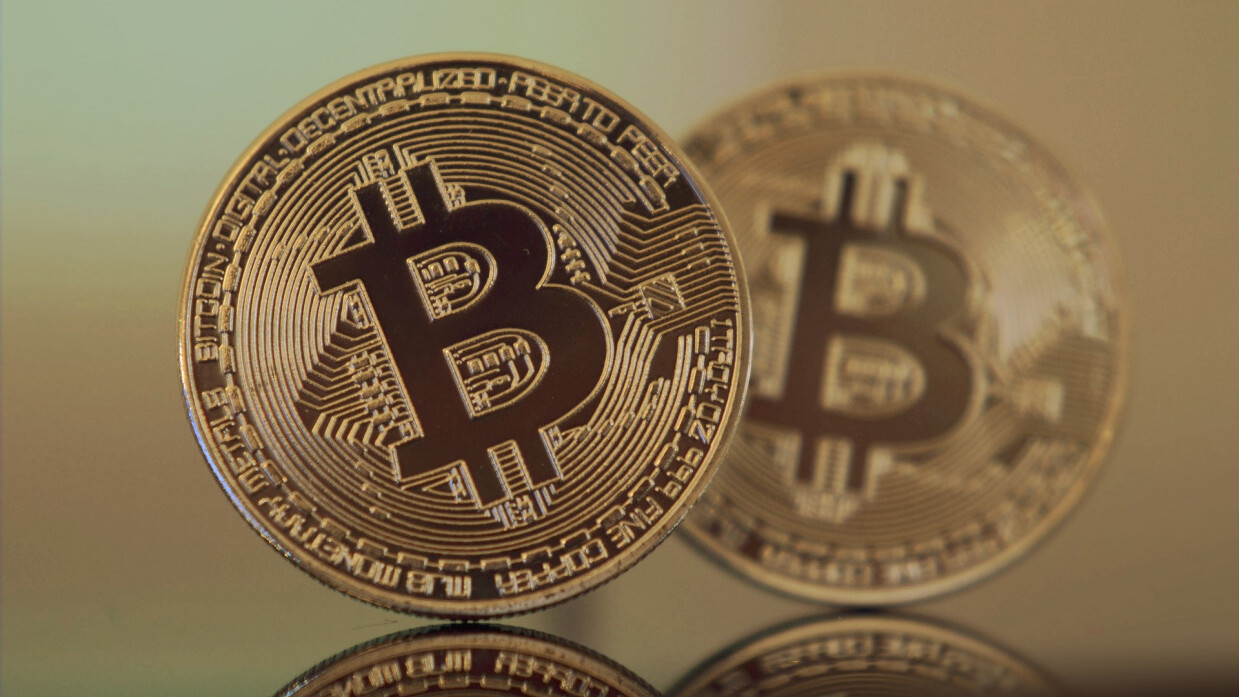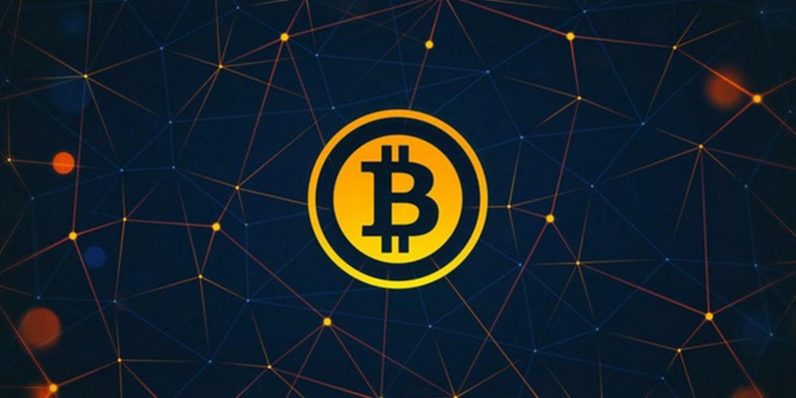
Cryptocurrencies have become a major topic of interest in the United States, in part due to the extreme volatility of the flagship cryptocurrency, Bitcoin. Bitcoin rose from a modest value (under $1,000) to more than $15,000 in the span of a year, and now hovers between $6,000 and $12,000, with wild fluctuations throughout the days and weeks. It’s a potentially lucrative investment, but also a risky one—especially considering how new the concept of cryptocurrencies really is.
In addition to buying and selling cryptocurrencies, consumers are more actively involving themselves in crypto mining, the process of creating new digital currency. But the culture surrounding crypto mining is changing, and it may never be the same again.
How crypto mining works

Before you can understand how crypto mining is changing, you have to understand how it started, and what it is today. To hold its value, cryptocurrency needs to exist in a finite amount, and just like printing money, it needs an initial distribution. The system also relies on a network of peers (i.e., hundreds to thousands of computers) to audit each transaction on the network; in other words, the community of computers has to agree that a transaction is legitimate before it’s finalized as a “block” and added to the blockchain.
Crypto mining exists as a solution to both problems. Essentially, a network of computers works to validate a hypothetical transaction by solving a 64-digit hexadecimal “hash.” If the transaction is validated, the block is legitimized, and the first computer on the network that solved it gets a fixed reward of cryptocurrency.
This problem-solving guesswork takes a tremendous amount of computing power, which requires advanced graphics cards, several man-hours of setup, and of course, lots of electricity. Still, millions of people are trying their hand at it for the chance to generate free cryptocurrency for themselves.
So how exactly is this process changing?
Increasing demand and popularity

People have seen the tremendous growth of Bitcoin, and are starting to understand how crypto mining can earn them a stake. As a result, more people are investigating the possibility of crypto mining. This isn’t necessarily a bad thing, but it’s having a couple of significant effects.
First, the price of graphics cards is rising sharply; for example, the Nvidia GeForce GTX 1060 retailed for $200 just one year ago, but now it can be sold for anywhere from $400 to $800. Graphics cards are necessary for cryptocurrency mining rigs, but are also used for gaming PCs and other applications. This is making GPU costs prohibitive for consumers who want them for non-mining purposes.
Second, the sheer number of miners is decreasing the chances that your rig will be the one capable of finding the “correct” sequence first, and therefore decreasing your probability of earning currency. This can be mitigated by working in “pools”—but we’ll touch on that next.
Pools and 51 percent attacks
To increase the chances of mining successfully, many users are gathering together in what are referred to as crypto mining pools. These pools aggregate the processing power of their users, distribute the rewards regularly, and usually charge a percentage fee for your involvement. It’s an easy way to make your mining more consistent, but it’s also opening the door to 51 percent attacks.
Essentially, 51 percent attacks unfold when a rogue user gains control of the majority of computers on a network—51 percent—and is able to post fraudulent transactions.
Other security threats
The popularity of crypto mining is also introducing other security threats, as individual users try to find more processing power to use for generating currency. For example, if a cybercriminal or even an employee installs crypto mining software on your computers, it could tie up valuable processor resources, slowing computers down and shortening the lifespan of devices.
Business owners, therefore, need to invest more time and energy on software that detects or blocks crypto mining from their networks.
New laws
Bitcoin and other cryptocurrencies are not treated as official currencies by any countries, and countries have various statuses regarding its legality. Some countries, like the United States, are quite permissive, but other countries, like Russia, are contentious toward the currency. In any case, countries are starting to propose new laws about how digital currencies can be mined and exchanged; for example, Russia is currently proposing a flat tax rate on all crypto mining operations.
These new rules and regulations could significantly impact the profitability of mining, and discourage people from entering the game.
The high-level ramifications
So what are the high-level effects of these changes?
- Shifting cost structures. Setting up a crypto mining rig isn’t as simple as it used to be. Costs are higher, profitability is tighter, and it’s only going to get more complicated from here. Mining needs to be done, so if it becomes too cost prohibitive, it could weaken the entire structure of a cryptocurrency.
- Increasing security concerns. The popularity of crypto mining is leading to more complicated security-related questions, for both miners and the public at large. Too much mining activity can be a threat.
- Evolving user bases. The type of people who crypto mine regularly is starting to change. Some average users are starting to get more involved, since crypto mining is getting more press, yet some seasoned pros are starting to leave due to the changing dynamics.
The future

Cryptocurrency is unlikely to disappear at this point, even with the threat of stricter regulations from multiple governments, if for no other reason than the fact that it’s been adopted by so many. The market cap for Bitcoin alone is nearly $160 billion. The future of crypto mining, beyond these trends, will likely depend on a handful of factors, including what happens when major cryptocurrencies reach their “maximum supply” figure, which cryptocurrencies live and die, and how mainstream cryptocurrencies become.
It will be an interesting ride for investors, tech enthusiasts, and economists alike, no matter how it plays out.
Get the TNW newsletter
Get the most important tech news in your inbox each week.




